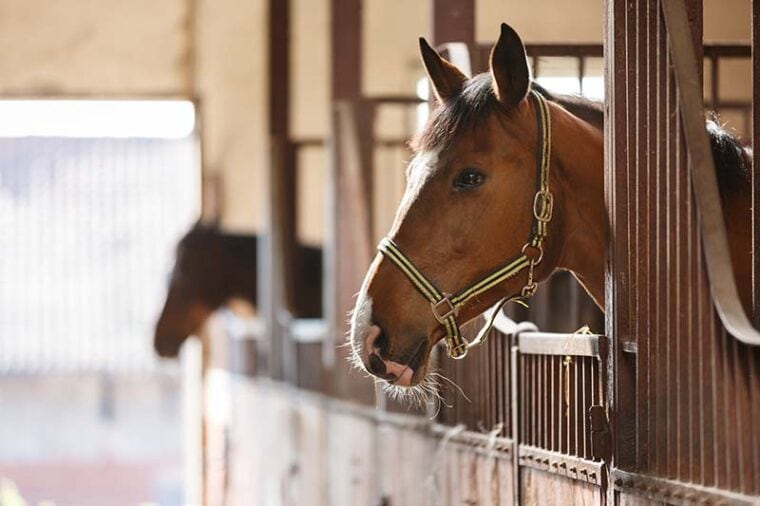
Petting a horse can be a calm and relaxing activity for both you and your horse. Many horse owners and horse admirers like to bond with horses by petting them. But what spots do horses like to be petted the best? There are some areas that are almost always safe, like the withers and the sides. However, there are also areas that should be avoided, such as the tail and the legs. Every horse is different, and not all horses like being petted.
Here is everything you need to know about petting horses, including the best spots to try, the ones to avoid, and how to most effectively pet horses.
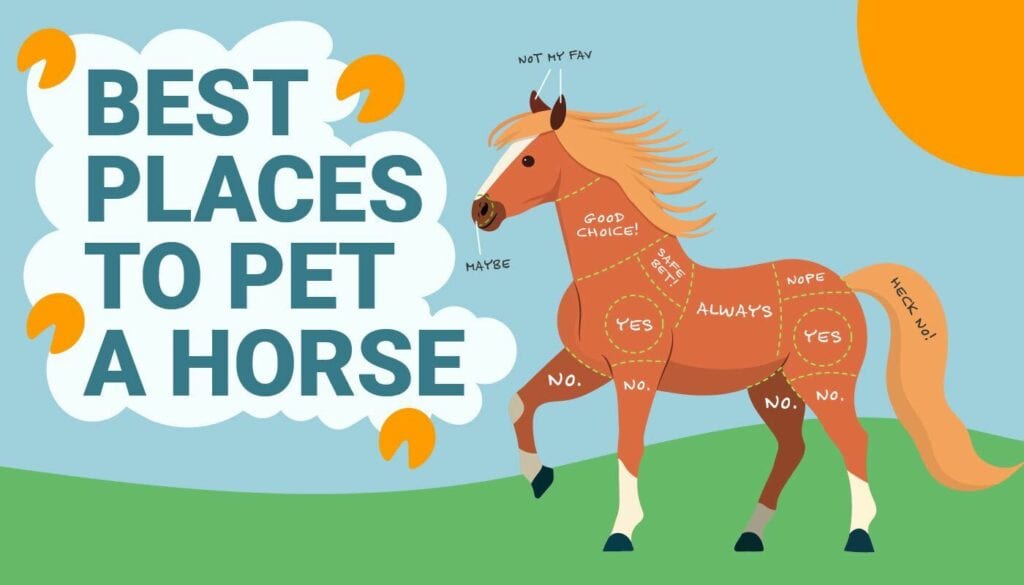
Top 5 Spots to Pet Any Horse
These spots are generally safe areas to pet on a horse. Almost all horses will accept and enjoy pets in these areas.
1. Side
The side is one of the largest and safest areas to pet a horse. Horses prefer being approached from the side as opposed to the front or behind. Horses like having their sides petted, brushed, and patted. The side is the perfect place to pet a horse for children or people who are unfamiliar with or nervous around horses.
2. Hip
Another area where horses generally like to be petted is on the hips. You can see a horse’s hips protruding above their hind legs. The hips can also be approached from the side and offer ample room for petting.
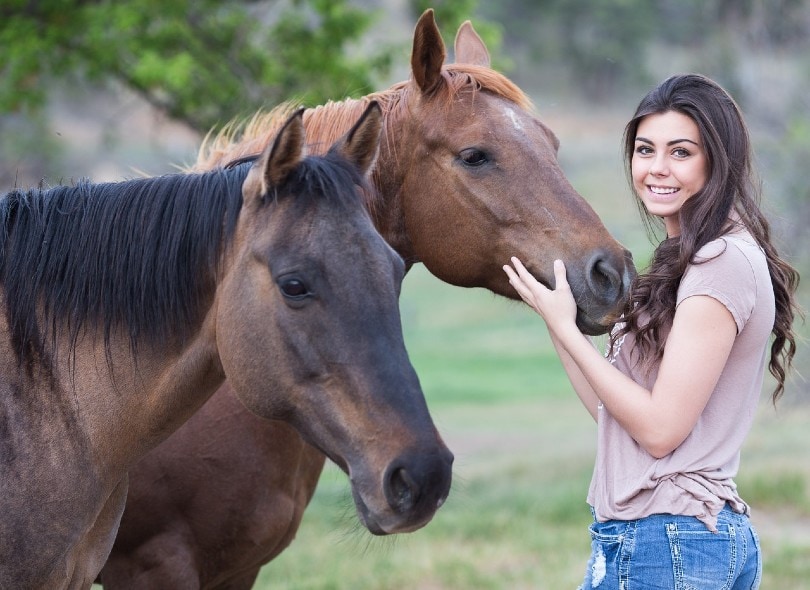
3. Neck
Horses have long, powerful necks, and horses also like having their necks petted. Horses typically can’t rub their own necks unless they scratch themselves on something, so they don’t mind getting petted in this area. Just watch the head. If a horse whips its head around, they can bonk you in the face while you are petting them, which can be painful and surprising.
4. Shoulder
Like the hips, horses like being petted on the shoulders. The shoulders are located above the front legs (while the hips are a part of the rear legs.) Nearly all horses will not be opposed to getting some strong pets in their shoulder region.
5. Withers
Right above the shoulders are the withers. The withers is the ridge that extends from the base of a horse’s neck down the back between the shoulders. Withers are a great place to pet a horse for a number of reasons. First, it is an area that horses typically cannot reach on their own, so there is a chance that the withers can be itchy. Second, this is an area where horses groom each other. Both in the wild and in domesticated herds, horses will stand next to each other and groom each other’s withers while also swatting flies away with their tails. That makes the withers an ideal place to pet a horse.
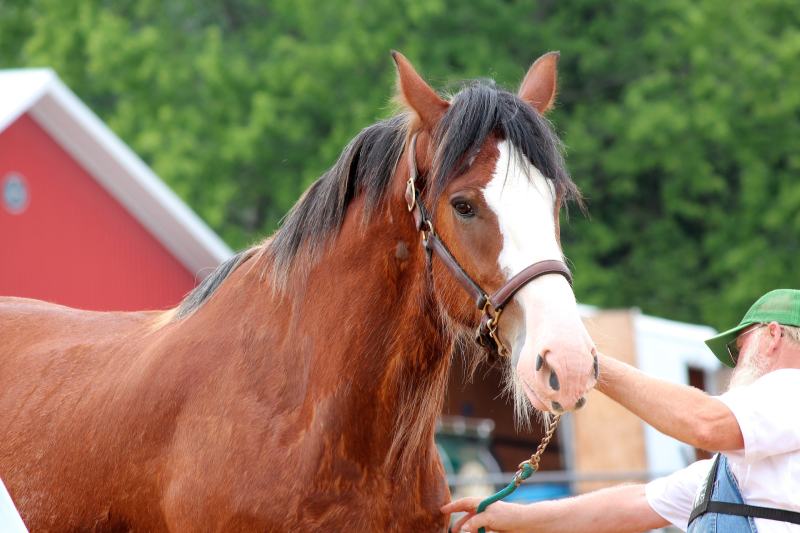
 The 2 Horse Dependent Spots
The 2 Horse Dependent Spots
These are spots that some horses will like being petted in, but others will not. If your horse starts pulling away, exhaling loudly, or starts throwing their head, they do not want to be petted in these areas, and you should avoid doing so in the future.
1. Nose
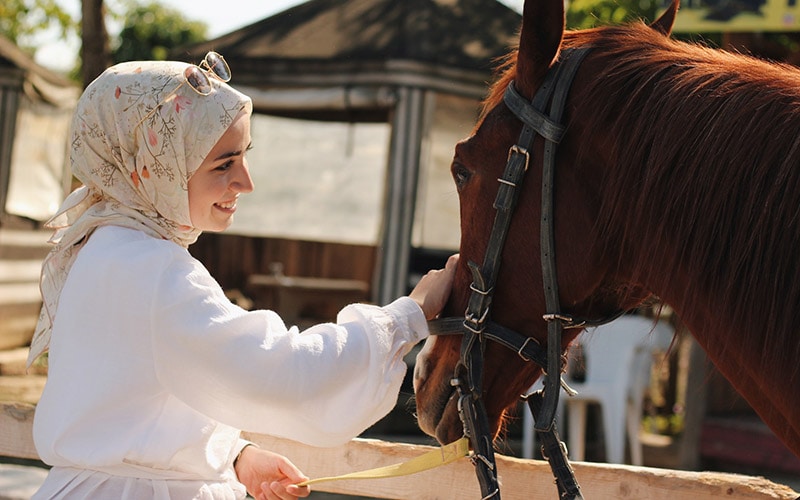
Horses’ noses are very soft, which makes them a popular place for people to touch. Many people automatically think that horses like being petted on the nose. But that is only sometimes the case. Some horses definitely don’t mind some nose pets, but other horses absolutely hate being touched on the nose. Horses’ noses are sensitive, and not all of them will appreciate pets in this area.
2. Ears
Similar to the nose, some horses like having their ears rubbed, and others do not. Horses typically do not like being scratched, so scratching behind their ears is often not a comfortable experience. Horses are not like dogs. Some horses don’t mind having their ears rubbed. A horse’s ears can get dirty and itchy, so pets can help alleviate some discomfort. But not all horses will like this.
Top 3 Spots to Avoid
These are spots you should generally avoid petting. These areas might need to be brushed or cleaned from time to time, but you should only touch these areas if you absolutely have to. Touching a horse in these areas can cause them to lash out and even kick, so you have to be careful and pay attention to your horse’s body language.
1. Rump
The rump or rear area of a horse should generally be avoided. This area has a horse’s tail and genitalia. It is a sensitive area that horses do not like being touched in. It is also hard to approach a horse’s rear area in a safe manner, especially if you are dealing with a horse that spooks easily or are dealing with an unfamiliar horse.
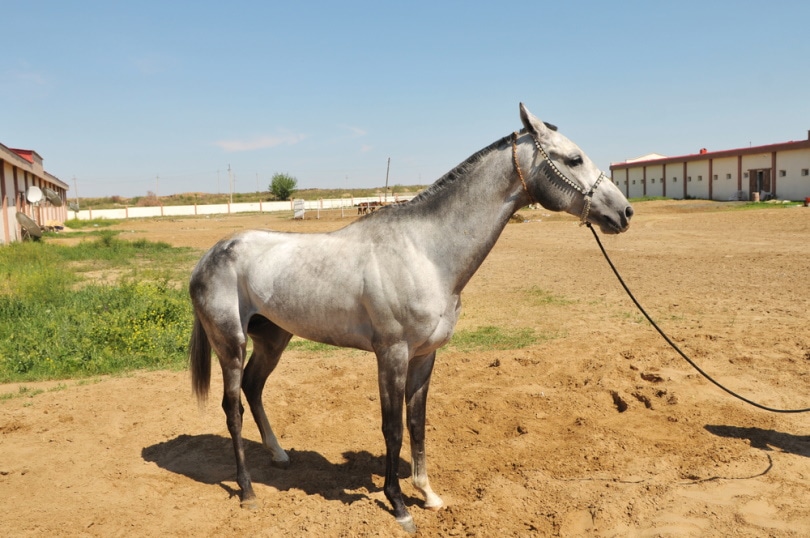
2. Tail
It might not seem like it at first glance, but most horses do not like having their tails touched. You should not pet their tails or pull on their tails. Sometimes it is necessary to brush and detangle matted tail hair, but your horse will not enjoy this experience. Touching a horse’s tail could cause them to walk away or even kick, so be careful.
3. Legs
The legs are another area that you should avoid petting. The horse’s legs are sensitive and boney. Horses don’t like picking up their hooves, they don’t like having their legs touched, and they don’t like having their hooves touched. You should avoid petting anything below the shoulders and hips. Touching a horse’s legs could cause them to take off, rear, or kick, so be careful around this area.
How to Pet a Horse
Horses like to be petted in a specific way. They enjoy long rhythmic strokes. If you are petting a certain area, drag your hand across a long stretch of the horse. You can put some weight and some force into it. Horses like the massaging feeling. In the wild, when horses groom each other, they can be rough. Horses are powerful, and it is unlikely that you can make a horse uncomfortable by petting them.
Horses like it when you use a curry comb on them as well. A good curry combined with some strong petting motions can make a horse feel great.
You can also lightly scratch certain areas that might be itchy. Horses do not like being scratched as much as they like being petted. You can try scratching around a horse’s withers and ears in areas that tend to get itchy.
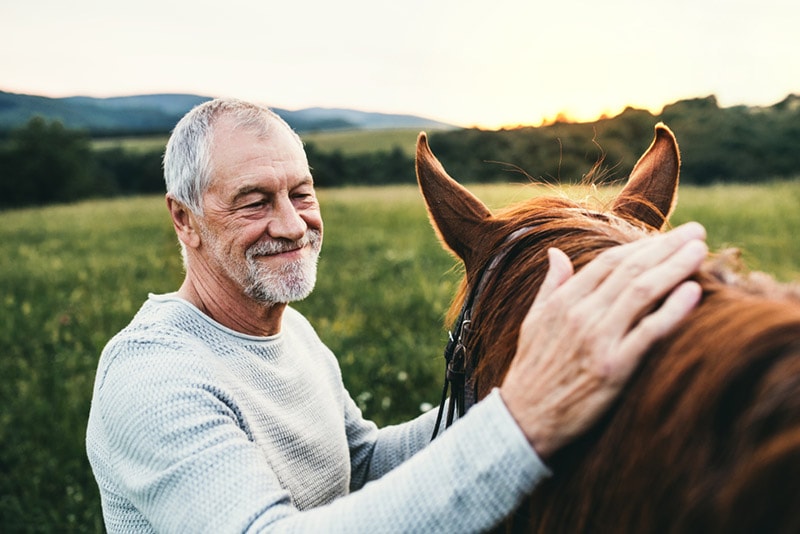
How to Approach a Horse for Petting
You should always try to approach a horse from the side. Horses do not like when you approach them from behind or directly from the front. Approach slowly and put your hand out. If the horse comes towards you or doesn’t move, they are open to getting petted. If you start approaching with your hand out and the horse turns, moves away, or starts acting agitated, they likely do not want any interaction. That is okay. Not all horses like being petted, and horses are not always in the mood to be touched.
You should never try to pet an unfamiliar horse without someone around that knows the horse. Some horses can be unpredictable, and some horses do not like being touched in certain areas. Petting an unfamiliar horse can lead to some safety issues. If you are getting to know your horse, you will learn over time to read their body language and their tells. You will quickly figure out how and when the best way to pet your horse is.
 Conclusion
Conclusion
As a general rule of thumb, the best spot to pet a horse is on the side near the front of the horse. The spots to avoid are mostly in the backend of the horse. Not all horses like being petted, but most will enjoy some strong steady pets along their sides. Always be careful around horses and respect when they do and do not want to be petted for the best results.
Featured Image Credit: Konstantin Tronin, Shutterstock

 The 2 Horse Dependent Spots
The 2 Horse Dependent Spots






